Current organizations underperform due to silo thinking and CIOs seem to be constantly trapped in an uncomfortable conflict. But maybe CIOs can become the fulcrum for the success of the entire organization.
In our last post, we looked at the 7 symptoms of “silo sickness”. In other words, these are the Undesirable Effects that CIOs suffer from ( see 7 Symptoms of Silo Sickness that CIOs Must Cure.) We always take a “big picture” perspective to seek a solution and so now we can take a look at the root cause of those problems plaguing the CIO.
The deep needs of the CIO
The 7 symptoms stem from a conflict that CIOs find themselves living with every day (what Martha Heller refers to as a paradox in her book ‘The CIO Paradox’). This conflict exists because the CIO has two profound needs that they try to protect, and these needs have the common goal of “extracting maximum value from the IT structure of the company”.
The problem is that these two needs seem to lead in two conflicting directions: NOT acting on the business flows versus ACTING on the business flows to improve performance.
Why does this CIO conflict exist in the first place? Because we make a series of assumptions that keep these statements linked together.
Finding a breakthrough solution
The assumptions that we really need to tackle are the ones that keep the conflict alive. They are what we refer to as the “cognitive constraint”. They are not facts: they are assumptions or ‘mental models’. In some ways they represent lazy, habitual thinking and that is what we need to disrupt in order to find a breakthrough solution. When we challenge those assumptions we are well on our way to solving the CIO conflict.
How can we satisfy the two legitimate needs of the CIO and solve the conflict at the same time? In the Theory of Constraints we create a breakthrough solution by “injecting” the assumptions that underpin the conflict with something that invalidates those assumptions but at the same time respects the needs.
Silos vs Systems: The Solution of the Systemic Organization
Current organizations underperform due to silo thinking. Artificial barriers frustrate efforts, interrupt flow, undermine quality and perpetuate an organizational model no longer adequate for today’s complexity. A whole-system approach is needed for organizations to be sustainable. Leaders and managers need to acquire the right mindset, knowledge, skills and tools for 21st century management. Within IT, DEVops is a step in the right direction in its efforts to overcome the divisiveness of functions. However, it takes more to create a real transition in management.
The role of IT and the role of the CIO are central to creating a shift in how organizations operate, compete and thrive in this age of complexity. In this blog series we offer a new perspective on how IT and, in particular, CIOs can be the leverage point for positive change. They can lead the way towards a truly systemic organization. We will take a look at how that kind of organization can work in our next post.
(The slides in this post come from a joint presentation by Intelligent Management and Hyphen Italia at the IT 4 Fashion Conference 2016, Florence, Italy 21st April 2016.)
See also: You Say You Want a Revolution: Where Digital Transformation is Taking You
Sign up to our blog here and shift your thinking towards broader, systemic possibilities for yourself and your organization.
About the Author
Angela Montgomery Ph.D. is Partner and Co-founder of Intelligent Management, founded by Dr. Domenico Lepore. Angela’s new business novel+ website The Human Constraint looks at how Deming and the Theory of Constraints can create the organization of the future, based on collaboration, network and social innovation.

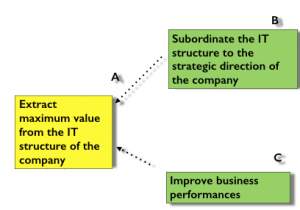
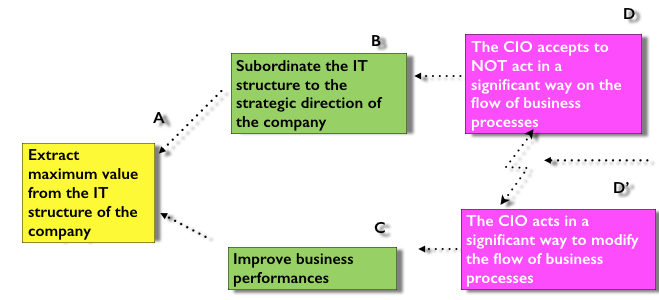
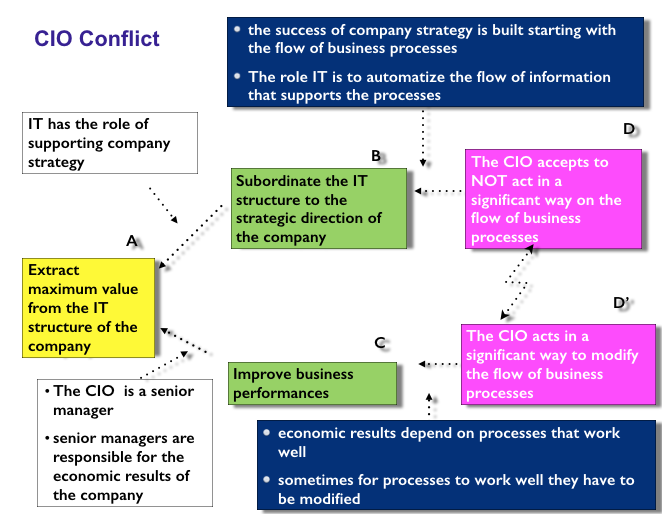
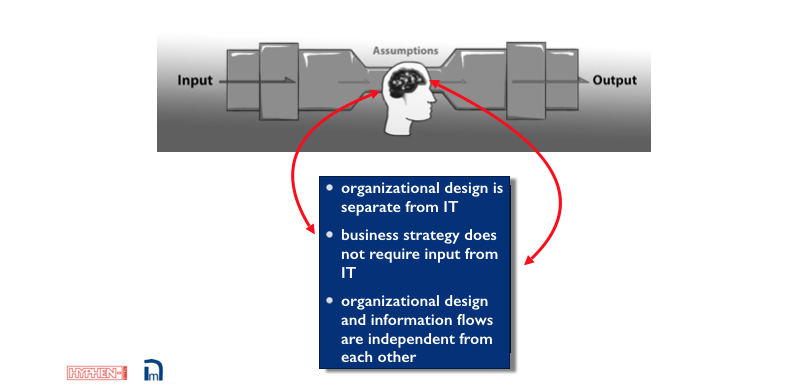
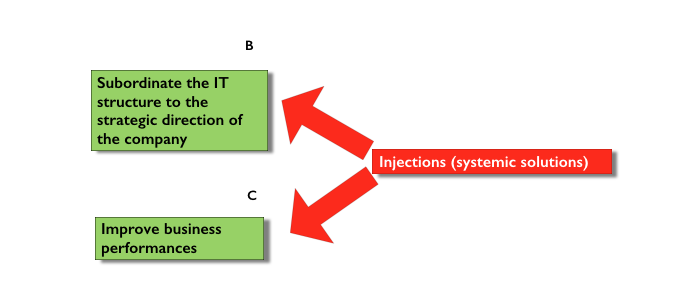





Leave a Reply